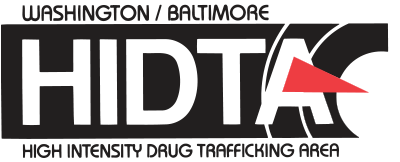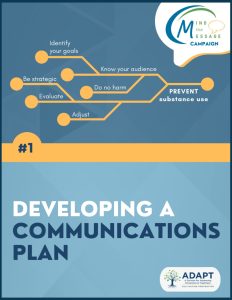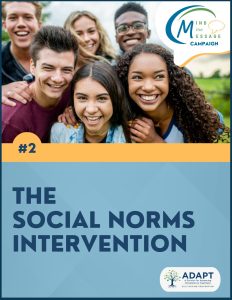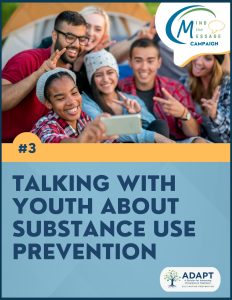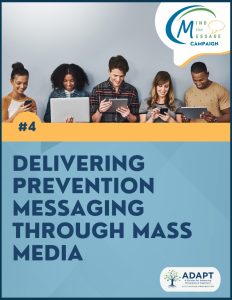CALL TO ACTION
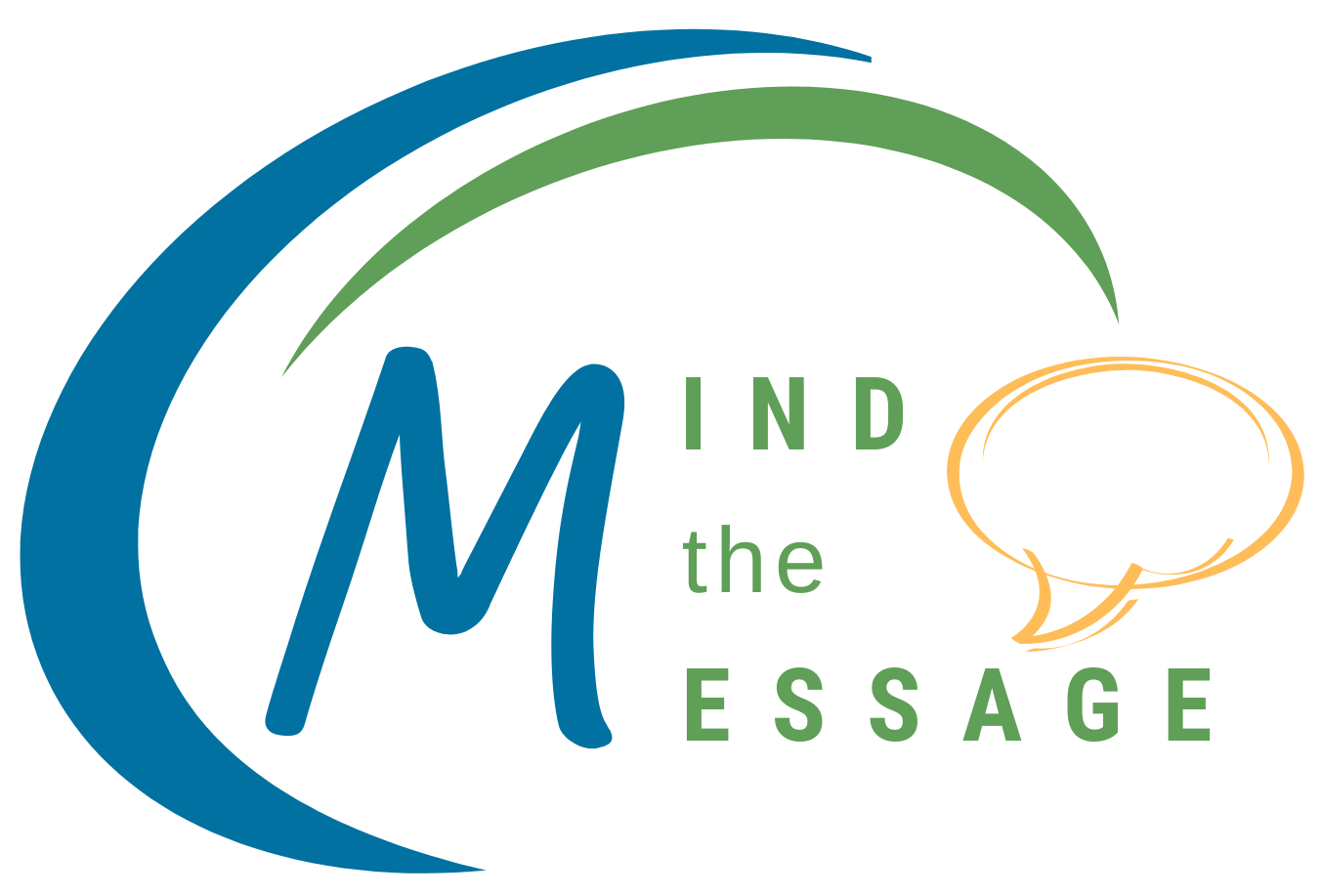
YOUR MESSAGE COUNTS when it comes to preventing substance use in youth.
As caregivers, educators, healthcare professionals, public safety professionals, prevention professionals, and other community members, we all have a role in preventing onset and escalation of substance use in youth aged 12-18.
Fortunately, we have much to be hopeful about, as most youth across our nation are making healthy choices to not use substances. Let’s strengthen this foundation by using evidence-informed strategies to inform what we communicate and how.
Join us in an effort to MIND the MESSAGE by reviewing the four steps below (Pledge, Learn, Use, Share), and begin to integrate these strategies into your conversations with youth and prevention work.
CALL TO ACTION: MIND THE MESSAGE
Pledge
Pledge to communicate with youth about substance use prevention using evidence-informed strategies.
Learn
Learn one positive social norm for substance use in your community.
Use
Use that positive norm in a frame when communicating with youth.
Share
Share this Call to Action with others who interact with youth.
Substance Use Prevention Communications Toolkit
MIND the MESSAGE Campaign Knowledge Products
Developing a Communications Plan
This Knowledge Product provides step-by-step guidance on how to develop, implement, and evaluate a prevention communications plan. A template is provided to walk you through 6 key steps in the communication planning process.
The Social Norm Intervention
The peer norm is one of the strongest predictors of personal behavior. Youth aged 12-18 overwhelmingly overestimate the number of their peers who use substances. The truth is most youth make healthy choices and do not use substances. Review this knowledge product for steps on how to transform social norms theory into a communication prevention strategy.
Talking with Youth about Substance Use Prevention
The way in which a conversation is had with a young person is just as important as the content discussed. This Knowledge Product shares usable strategies for how to have these conversations, including raising the topic, what to talk about, and timing the conversation.
Delivering Prevention Messaging through Mass Media
When communicating through mass media, it’s important to familiarize yourself with best practice messaging strategies. These include how to build readiness and support for prevention, use social marketing principles, and select social media channels for engaging youth. Learn more about these strategies through this final Knowledge Product.
Share your experience!
We want to hear how you are applying the strategies from the toolkit. What is working? What has been challenging? What additional guidance or support would be helpful to you?

2022 HIDTA Prevention Summit
The Summit brought together caregivers, educators, and professionals from prevention, public safety, healthcare and more to. Evidence-informed strategies for upstream prevention communications were shared. Resources were provided to help people get started in applying these strategies to conversations with and for youth aged 12-18.
Make your pledge
EVERY VOICE CAN MAKE A DIFFERENCE. Make sure yours is heard as we work together to advance substance use prevention in our communities through our messaging to and with youth.
